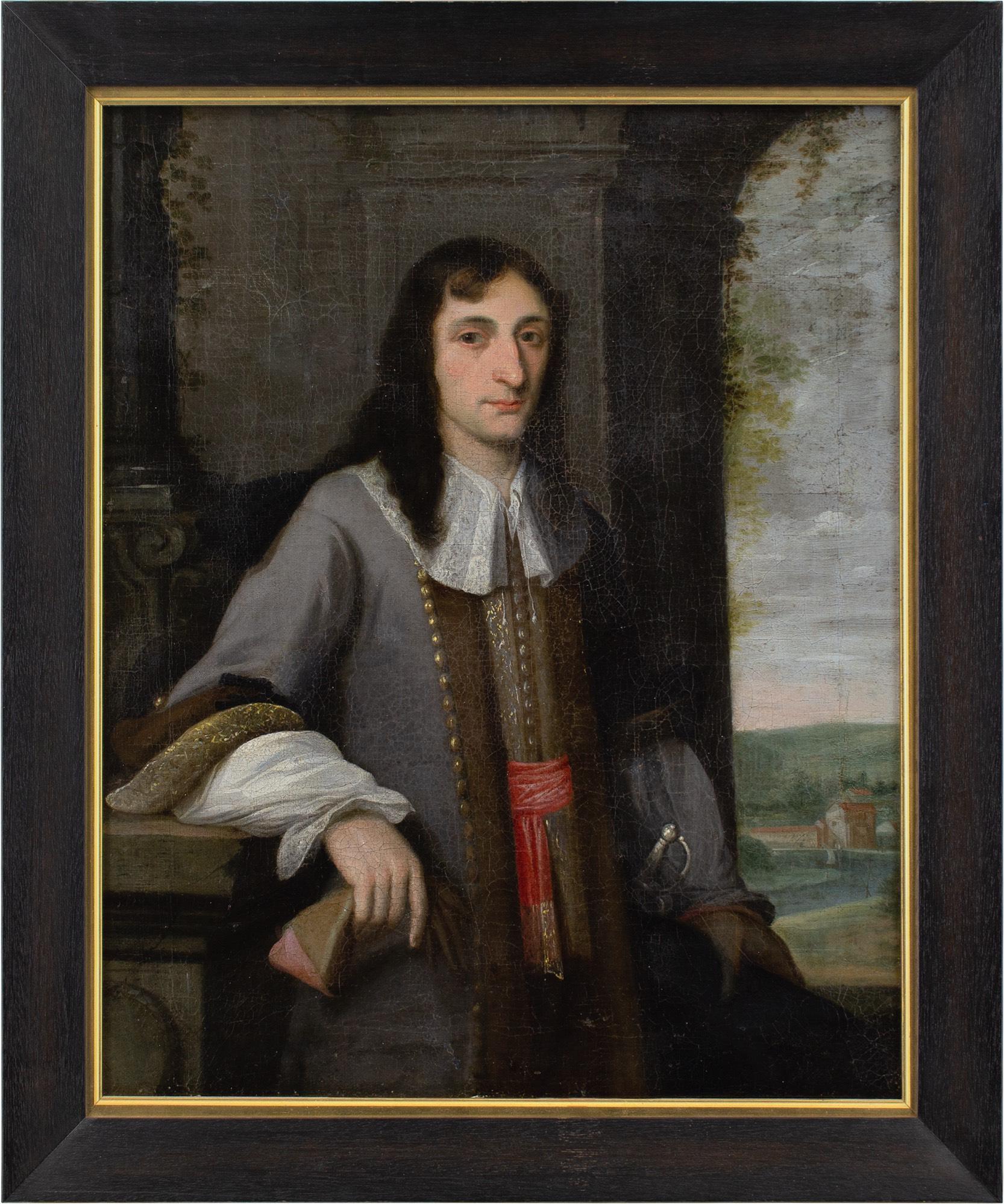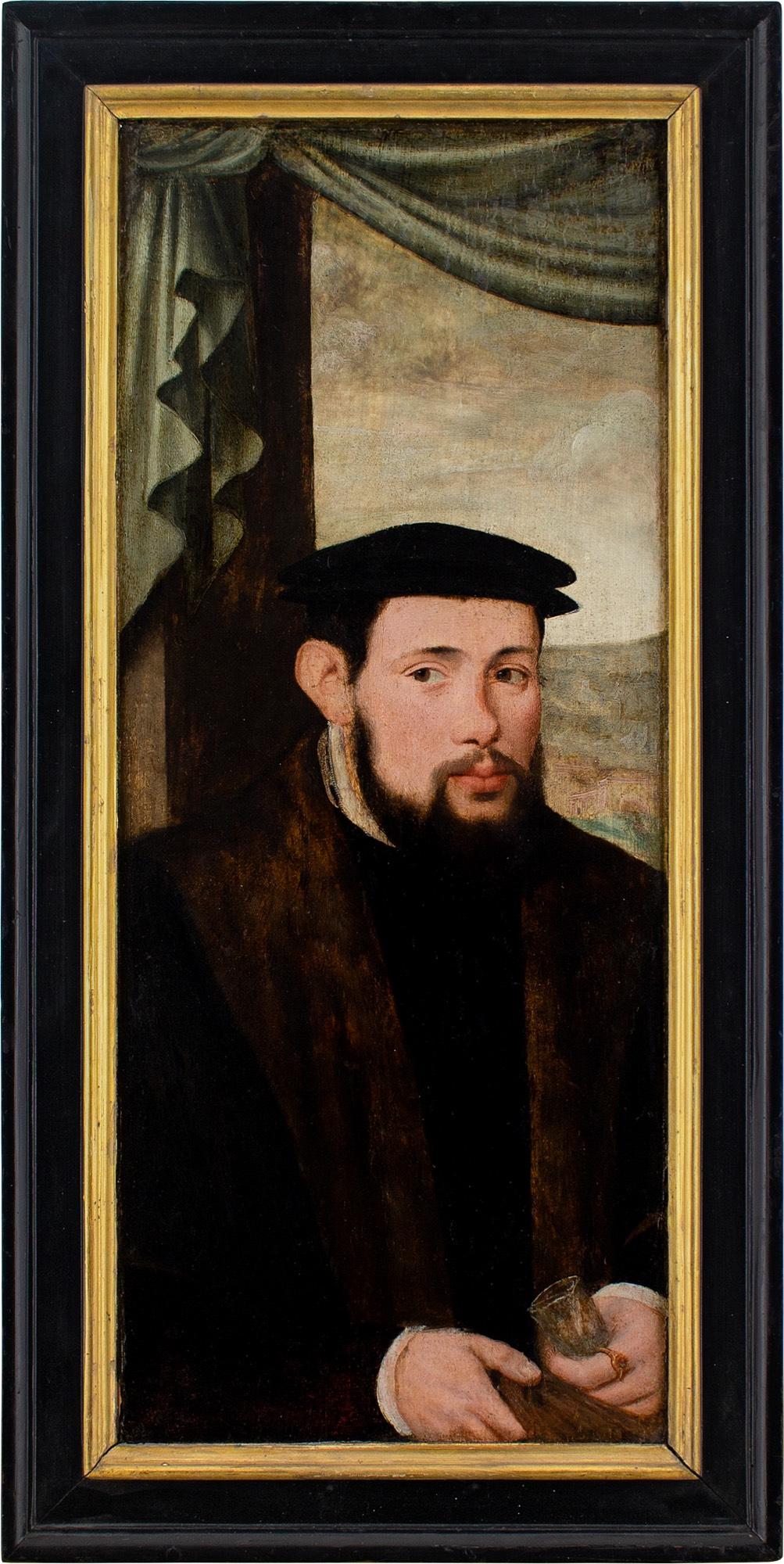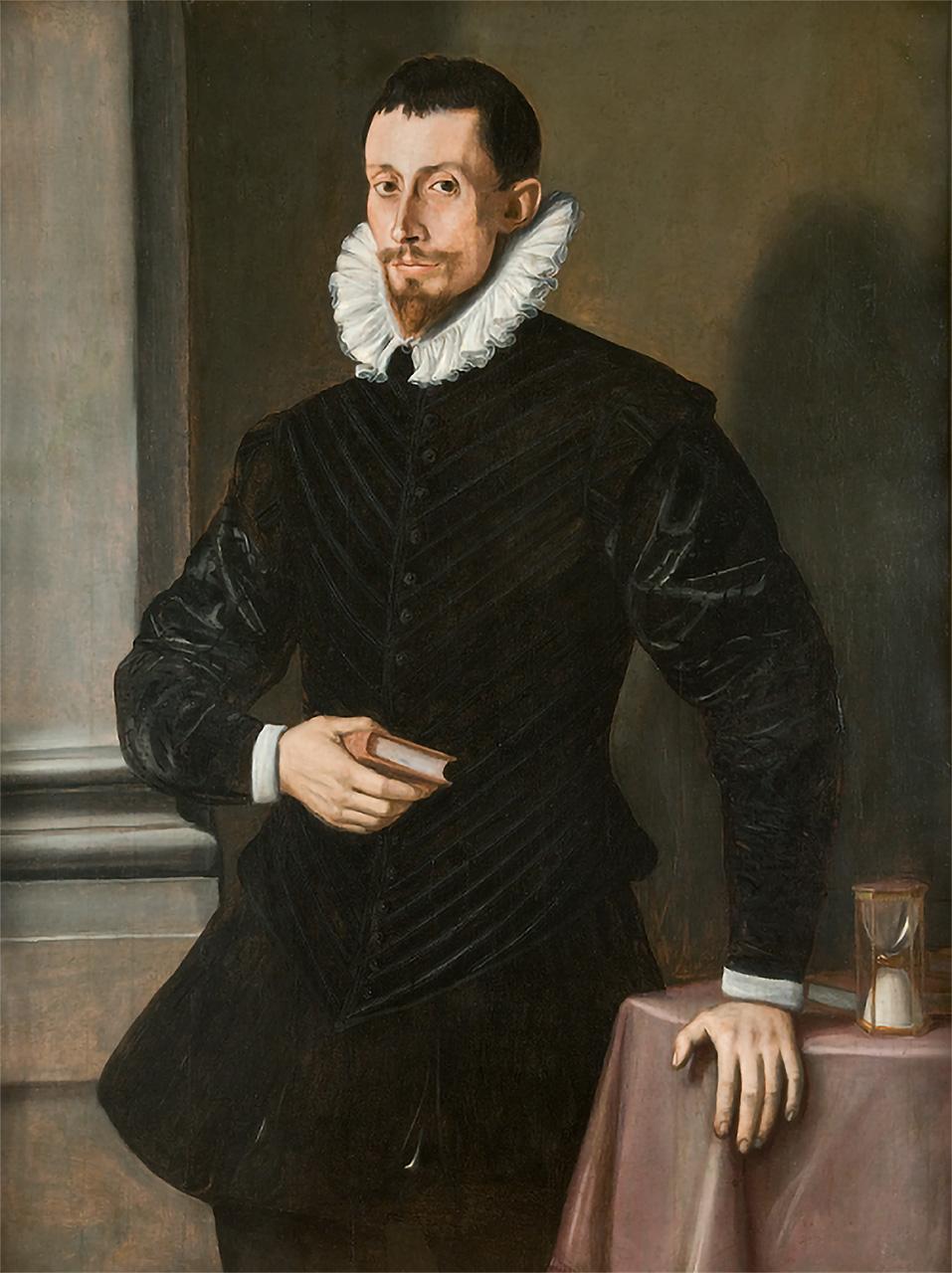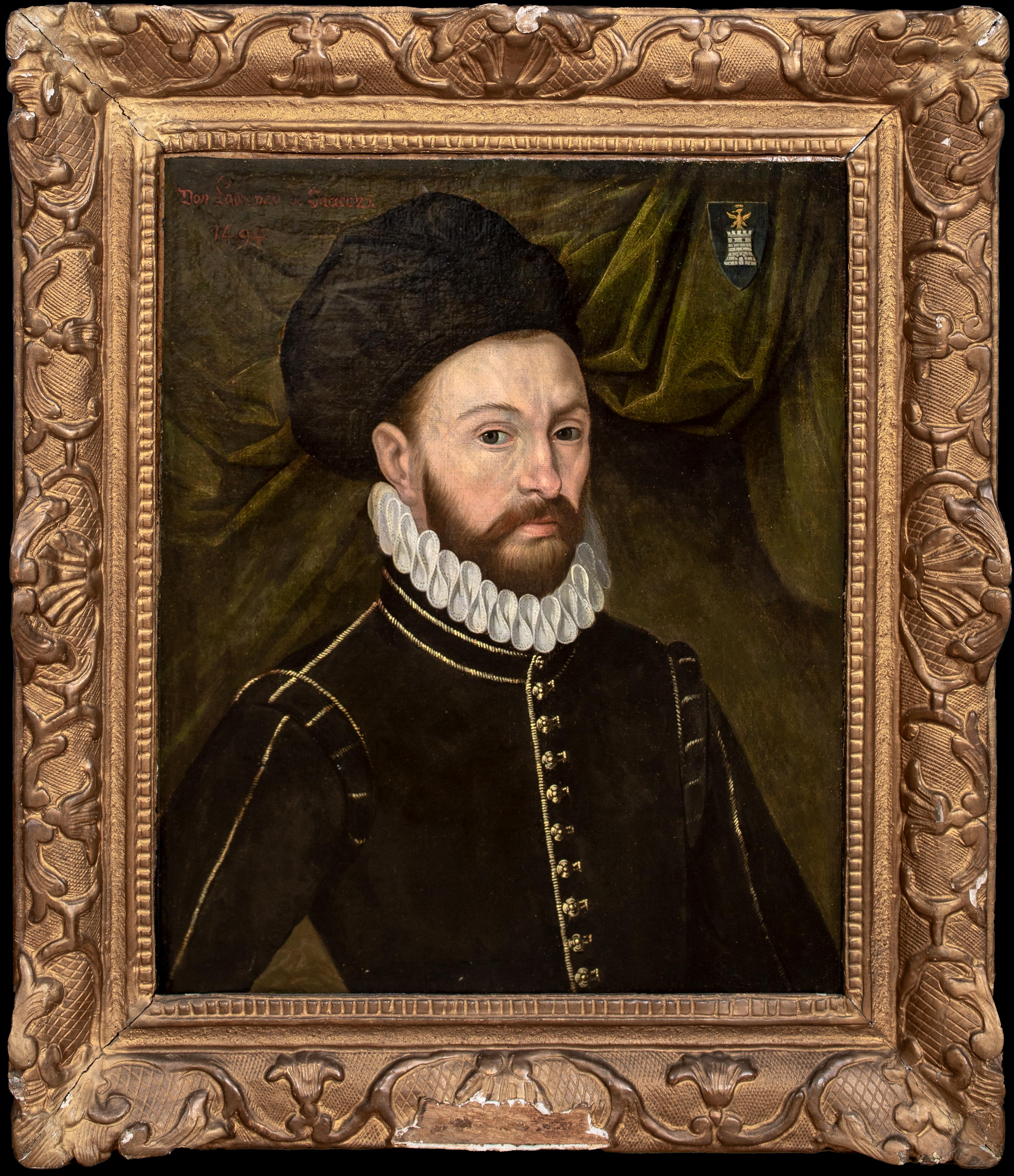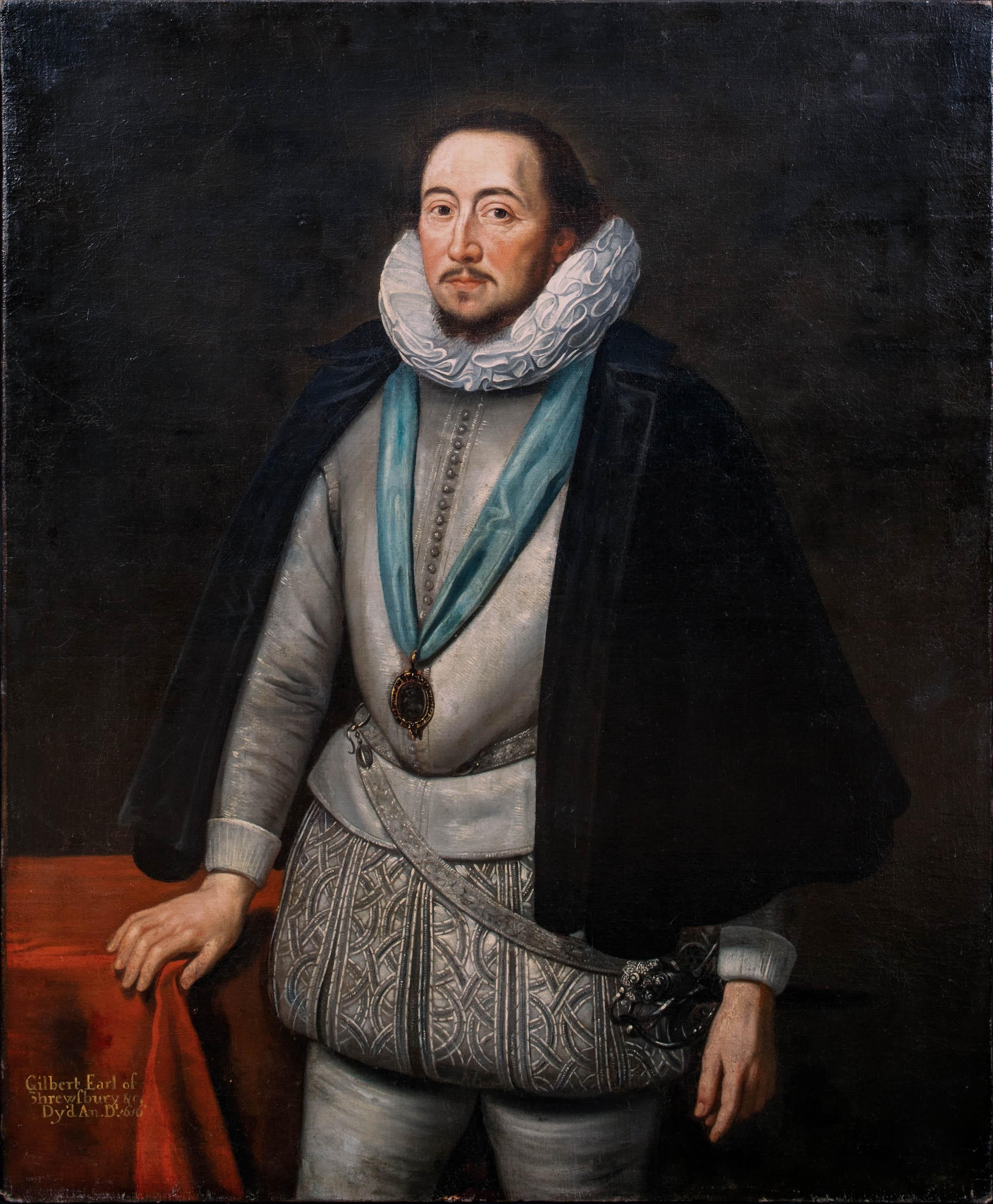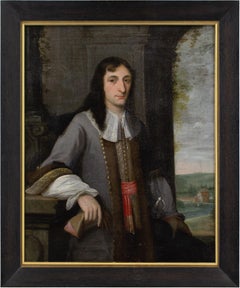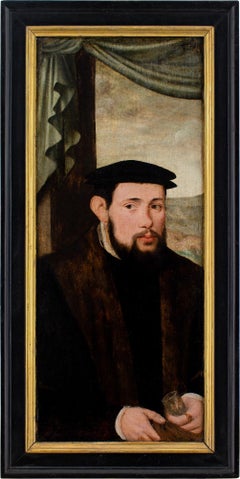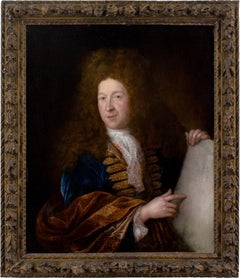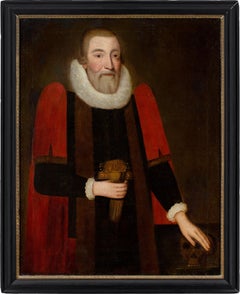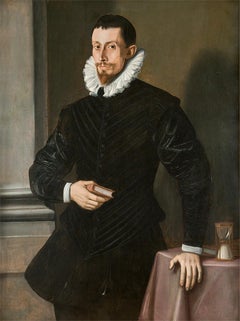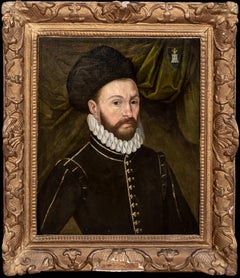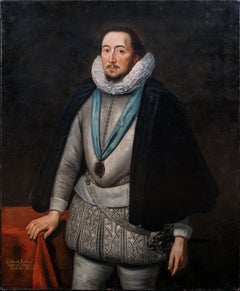Items Similar to Mid-17th-Century Flemish School, Portrait Of Cornelius Janssen
Video Loading
Want more images or videos?
Request additional images or videos from the seller
1 of 14
UnknownMid-17th-Century Flemish School, Portrait Of Cornelius Janssenc. 1635
c. 1635
$2,075.99
£1,500
€1,773.76
CA$2,841.58
A$3,182.72
CHF 1,656.08
MX$38,653.92
NOK 20,994.83
SEK 19,810.18
DKK 13,234.74
Shipping
Retrieving quote...The 1stDibs Promise:
Authenticity Guarantee,
Money-Back Guarantee,
24-Hour Cancellation
About the Item
This mid-17th-century bust-length Flemish school portrait depicts the Dutch Catholic bishop Cornelius Janssen (1585-1638). Painted when into his later years, this intriguing historical portrayal appears to be a one-off and we’ve been unable to find a similar depiction.
Following the publication, posthumously, of his controversial work ‘Augustinus’, Janssen inspired the theological movement Jansenism. It arose in reaction to issues surrounding the concepts of free will and divine grace but later encroached into both political and philosophical discussions around the ‘divine right of Kings’.
Janssen’s book explained that free will had no place in society and the only way to guarantee salvation was via the grace of God. His ideas provoked lively debates, particularly in France, with many referring to them as dangerous heresy.
He’s depicted wearing a black cassock, black biretta, and white collar.
Held in a later frame.
Labels & Inscriptions: Label with an inscription relating to the sitter on the reverse.
Provenance: Private collection, Belgium.
Our reference: BRV1625
- Creation Year:c. 1635
- Dimensions:Height: 26 in (66.04 cm)Width: 19.5 in (49.53 cm)
- Medium:
- Movement & Style:
- Period:1630-1639
- Condition:Cleaned. Revarnished. Areas of fine and settled craquelure, as you would expect. The paint layer is stable. Repair to previous crack in panel. Areas of historic restoration including in-painting. Frame in excellent condition.
- Gallery Location:Cheltenham, GB
- Reference Number:1stDibs: LU2328216188702
About the Seller
5.0
Platinum Seller
Premium sellers with a 4.7+ rating and 24-hour response times
Established in 2017
1stDibs seller since 2023
235 sales on 1stDibs
Typical response time: 2 hours
- ShippingRetrieving quote...Shipping from: Cheltenham, United Kingdom
- Return Policy
Authenticity Guarantee
In the unlikely event there’s an issue with an item’s authenticity, contact us within 1 year for a full refund. DetailsMoney-Back Guarantee
If your item is not as described, is damaged in transit, or does not arrive, contact us within 7 days for a full refund. Details24-Hour Cancellation
You have a 24-hour grace period in which to reconsider your purchase, with no questions asked.Vetted Professional Sellers
Our world-class sellers must adhere to strict standards for service and quality, maintaining the integrity of our listings.Price-Match Guarantee
If you find that a seller listed the same item for a lower price elsewhere, we’ll match it.Trusted Global Delivery
Our best-in-class carrier network provides specialized shipping options worldwide, including custom delivery.More From This Seller
View All17th-Century Flemish School, Portrait Of A Gentleman In A Justaucorps
Located in Cheltenham, GB
This fine late 17th-century Flemish portrait depicts a distinguished gentleman wearing a justaucorps, black cloak, white shirt, vest, leather gloves, and breeches. He’s carrying a wi...
Category
1670s Old Masters Portrait Paintings
Materials
Oil, Canvas
Mid-16th-Century South German School, Portrait Of A Nobleman
Located in Cheltenham, GB
This historic mid-16th-century, half-length, South German School oil on panel depicts a gentleman wearing a fur-trimmed coat and black cap, while holding a small glass and, what appe...
Category
16th Century Old Masters Portrait Paintings
Materials
Wood Panel, Panel, Oil
Early 18th-Century French School, Portrait Of A Gentleman, Antique Oil Painting
Located in Cheltenham, GB
This playful early 18th-century half-length French school portrait depicts a bewigged gentleman pointing to, what appears to be, a marble tablet. It’s somewhat reminiscent of works b...
Category
Early 18th Century Rococo Portrait Paintings
Materials
Canvas, Oil
Early 17th-Century English School Portrait Of Edward Hill & Original Gloves
Located in Cheltenham, GB
This remarkable early 17th-century three-quarter length English School portrait depicts Alderman Edward Hill of The Charterhouse, Coventry, holding a pair of leather gloves. The orig...
Category
17th Century Old Masters Portrait Paintings
Materials
Canvas, Oil
Mid-18th-Century German School, Portrait Of An Aristocrat In Armour
Located in Cheltenham, GB
This mid-18th-century half-length German portrait depicts a middle-aged aristocrat wearing armour and a wig.
Despite his heavily-clad appearance, it’s likely that this rather noncha...
Category
1750s Old Masters Portrait Paintings
Materials
Canvas, Oil
Early 19th-Century English School Portrait Of Samuel Jones Of Skeyton, Norfolk
Located in Cheltenham, GB
This fine early 19th-century English oil painting depicts Samuel Jones of Skeyton, Norfolk, smartly attired in a black coat with white cravat. The portrait was previously in the coll...
Category
1830s Portrait Paintings
Materials
Canvas, Oil
You May Also Like
Early 17th Century by Tiberio Titi Portrait of a Gentleman Oil on panel
Located in Milano, Lombardia
Tiberio Titi (Florence, Italy, 1573 – 1638)
Title: Portrait of a Gentleman
Medium: Oil on panel
Dimensions: Without frame 122 x 91 cm – with frame 162 x 133 x 10 cm
Publications: G...
Category
Early 17th Century Old Masters Portrait Paintings
Materials
Oil, Wood Panel
Portrait Of Lorenzo Suarez 5th Count Of Corona 16th Century - Antonis Mor
Located in Blackwater, GB
Portrait Of Lorenzo Suarez, 5th Count Of Corona, 16th Century
School of Antonis Mor (1517-1577)
Large Spanish School Old Master portrait of Lorenzo Suarez, Count of Corona, oil on ...
Category
16th Century Portrait Paintings
Materials
Canvas, Oil
$12,179 Sale Price
20% Off
Portrait Man Pourbus 16/17th Century Paint Oil on canvas Old master Flemish
Located in Riva del Garda, IT
Frans Pourbus (Bruges, 1545 - Antwerp, 1581) circle
Portrait of a gentleman in Renaissance dress with a black doublet and ruff
Late 16th century
Oil on canvas
46 x 32 cm. - 65 x 53...
Category
16th Century Old Masters Paintings
Materials
Oil
$6,083 Sale Price
20% Off
Portrait Of Gilbert Talbot 7th Earl of Shrewsbury (1552-1616), 16th Century
Located in Blackwater, GB
Portrait Of Gilbert Talbot 7th Earl of Shrewsbury (1552-1616), 16th Century
Circle of George Gower (c.1540–1596)
Huge 16th Century Portrait Of Gil...
Category
18th Century Portrait Paintings
Materials
Canvas, Oil
$16,607 Sale Price
20% Off
Portrait of an Officer, Cornelius Johnson, 17th Century Old Masters
By Cornelius Johnson
Located in London, GB
Circle of Cornelius Johnson
Circa 1620’s
Portrait of a Officer
Oil on canvas
Image size: 28 x 24 inches
Period style hand made frame
Provenance
Private European Estate
This striking portrait dates to around 1620, as you can see from the images of the sash the detail is very high. The sash is decorated with gold thread and would have cost a small fortune at the time. Sashes were originally developed for a military function (making officers more visible for their men during combat), but soon became a primarily male fashion...
Category
Early 17th Century Old Masters Portrait Paintings
Materials
Oil
Portrait of Nicholas Poyntz
Located in London, GB
Remigius Van Leemput
Portrait of Nicholas Poyntz
1607-1675
Oil on oak panel
Image size: 13 x 10 1/4 inches (33 x 26 cm)
Contemporary style frame
Provenance
The Dalva Brothers Colle...
Category
17th Century Flemish School Portrait Paintings
Materials
Oil, Panel
